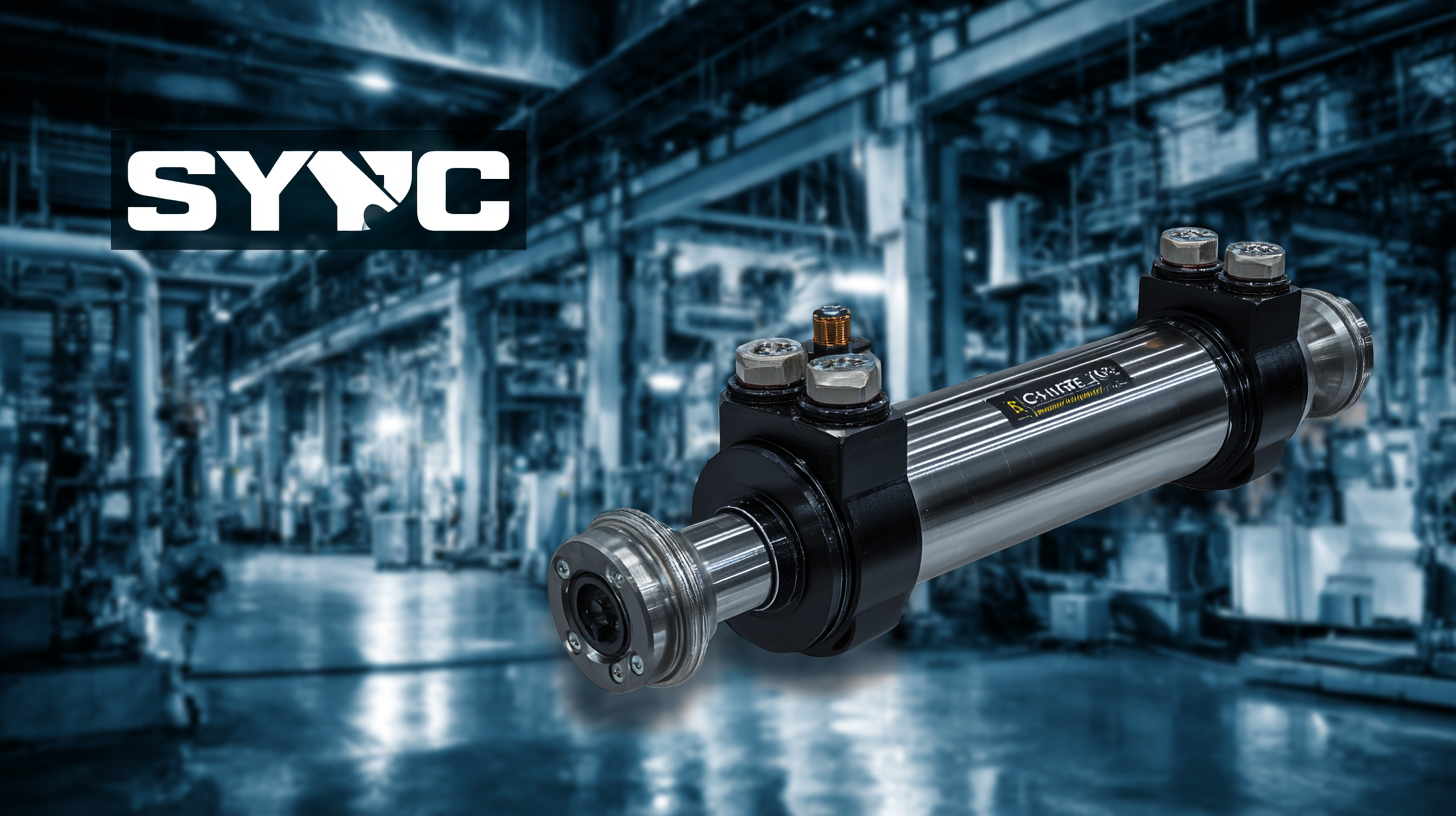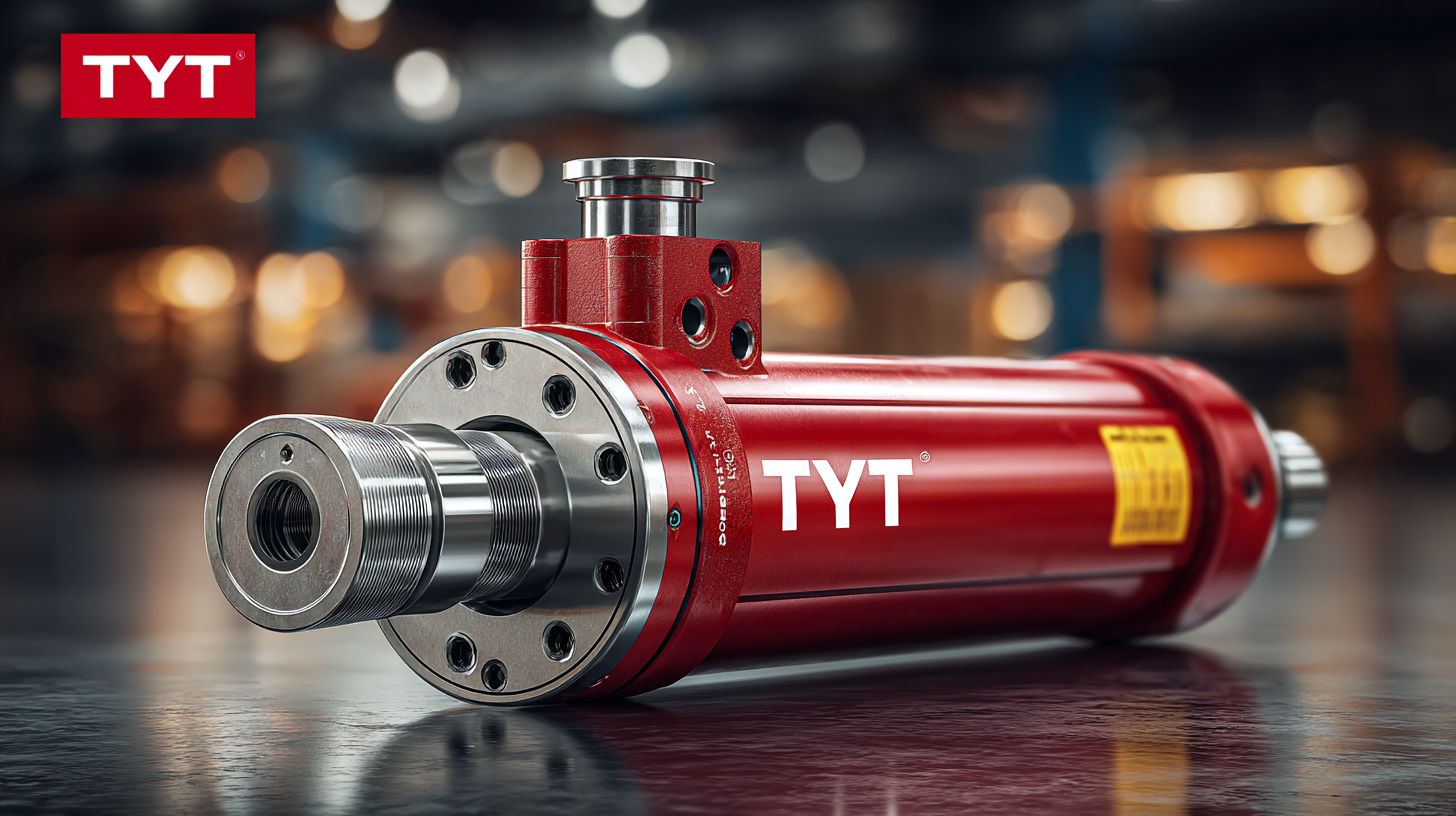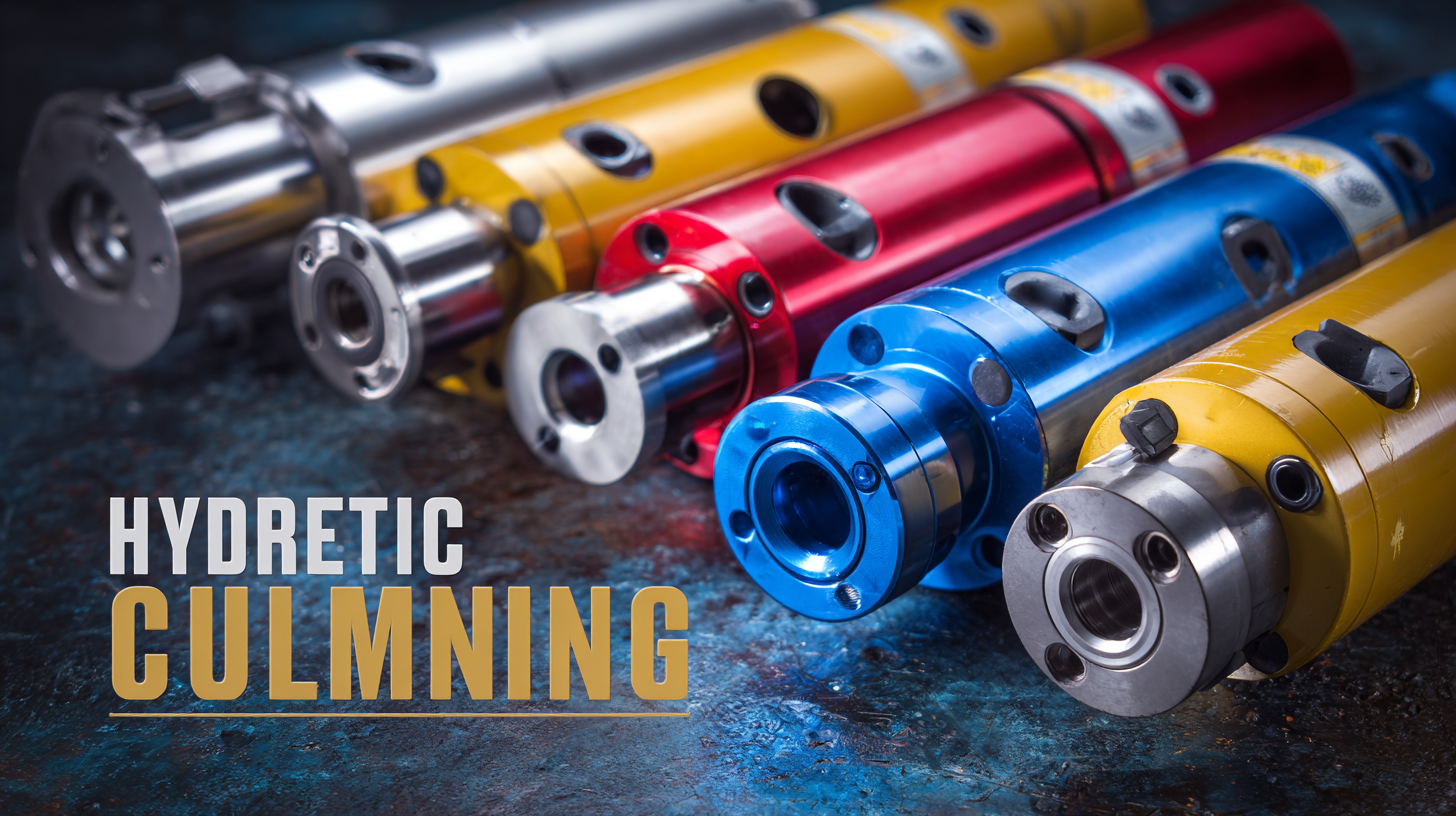When it comes to selecting the right hydraulic cylinder for your industrial needs, understanding the nuances of these critical components is essential. Hydraulic cylinders are integral to a wide range of applications, driving machinery and enabling powerful movements with precision and reliability. However, the process of choosing the best hydraulic cylinder for your specific requirements can be complex, given the various technical parameters and performance specifications that must be considered. In this blog, we will explore seven essential secrets to guide you through this decision-making process, ensuring that you make an informed choice that enhances efficiency and productivity in your operations. By delving into the intricate details of hydraulic cylinder design and functionality, we aim to simplify your selection journey and empower you to choose the most suitable hydraulic cylinder for your industrial challenges.

Hydraulic cylinders play a crucial role in various industrial applications, serving as the powerhouse behind machinery that requires significant force. Their ability to convert hydraulic energy into mechanical energy makes them indispensable in sectors such as construction, mining, and manufacturing. As industries advance, especially with innovations like carbon fiber composites and energy-efficient designs, the selection of hydraulic cylinders becomes increasingly vital. Understanding your specific requirements can guide you in choosing the best component tailored to your operational needs.
When selecting hydraulic cylinders, consider the following tips: First, evaluate the application environment. Factors such as temperature, pressure, and exposure to contaminants can influence cylinder performance. Additionally, assess the required stroke length and bore size to ensure optimal operation within your machinery. Second, stay informed about industry trends, such as the rise of electric actuators. While hydraulics excel in force delivery, electric alternatives are gaining traction for their precision and environmental benefits, potentially reshaping future hydraulic applications.
Finally, always seek reliable suppliers that are at the forefront of technological advancements in hydraulic systems. With the anticipated growth of the hydraulic cylinder market and the ongoing integration of innovative materials and designs, choosing a partner that embraces these changes can enhance your operational efficiency and sustainability.
| Dimension | Specification | Material | Application | Working Pressure (psi) |
|---|---|---|---|---|
| Diameter: 2 in | Stroke Length: 10 in | Steel | Construction | 3000 |
| Diameter: 4 in | Stroke Length: 20 in | Aluminum | Manufacturing | 2500 |
| Diameter: 6 in | Stroke Length: 30 in | Cast Iron | Mining | 2000 |
| Diameter: 8 in | Stroke Length: 40 in | Stainless Steel | Agriculture | 1500 |
When selecting a hydraulic cylinder for industrial applications, it is crucial to consider several key specifications to ensure optimal performance. One of the foremost factors is the bore size, which directly influences the cylinder’s power capabilities. A larger bore can provide more force, making it suitable for heavy-duty tasks, while a smaller bore may be sufficient for lighter applications. Additionally, understanding the stroke length required for your specific project will help determine the type of hydraulic cylinder that best meets your needs.
Another critical specification to examine is the operating pressure of the hydraulic system. Different cylinders are designed to handle varying pressure levels; selecting one that matches your system’s requirements is essential for safety and efficiency. Furthermore, consider the materials used in the cylinder’s construction, as this affects durability and resistance to wear over time. By paying attention to these specifications—bore size, stroke length, operating pressure, and material composition—you can effectively choose the hydraulic cylinder that aligns perfectly with your industrial demands.

When selecting a hydraulic cylinder for industrial applications, understanding the various types available can significantly impact performance and efficiency. Hydraulic cylinders can generally be categorized into single-acting and double-acting designs.
Single-acting cylinders use hydraulic pressure to move the piston in one direction, relying on a spring or gravity to return it. This type is often ideal for applications requiring a straightforward push motion, such as lifting and positioning.
On the other hand, double-acting cylinders use hydraulic pressure to move the piston in both directions, providing greater control and power for tasks like pushing and pulling. This makes them suitable for more complex operations where balanced force is essential.
Additionally, considering the bore size and stroke length is crucial, as these specifications directly affect force output and range of motion. By carefully analyzing your operational requirements and comparing these different types of hydraulic cylinders, you can enhance your equipment's performance and ensure it meets your industrial needs effectively.
When selecting a hydraulic cylinder for industrial applications, evaluating the manufacturer's quality and reliability is paramount. According to a report by the International Journal of Engineering Research and Applications, approximately 30% of hydraulic system failures are directly related to faulty cylinder manufacturing. This statistic underscores the necessity of partnering with reputable suppliers who adhere to stringent quality standards. Look for manufacturers who are ISO-certified, as this certification ensures a commitment to quality management systems and continuous improvement processes.
Additionally, longevity is a crucial factor in the choice of hydraulic cylinders. A study from the Hydraulic Institute indicates that the average lifespan of a hydraulic cylinder can range from 5 to 15 years, depending on the quality of materials used and the engineering processes followed. Manufacturers that utilize high-grade materials and advanced manufacturing techniques can significantly extend the lifespan of their products. Therefore, thorough research into a manufacturer’s track record, including customer reviews and industry certifications, can lead to a more informed decision that supports long-term operational efficiency and cost-effectiveness.
When selecting the best hydraulic cylinder for industrial applications, budget-conscious buyers face the critical challenge of balancing cost and quality. A recent study indicates that companies often experience a 20-30% increase in operational efficiency when investing in high-quality hydraulic components, which can lead to significant long-term savings. This correlation between quality and performance makes it essential for buyers to not only consider the upfront costs but also the potential return on investment associated with more durable and reliable options.

Additionally, the increasing competition in the hydraulic cylinder market has led to the emergence of a wide range of products at various price points. A report published by a leading industry analyst suggests that mid-range hydraulic cylinders can provide over 90% of the functionality seen in premium brands, which can be especially appealing for businesses with tight budgets. However, it's crucial for buyers to conduct thorough research, considering factors such as warranty, replacement rates, and service support to ensure that their investment aligns with their operational needs. Making informed decisions in this aspect can transform how companies manage their resources and productivity in the fast-paced industrial landscape.